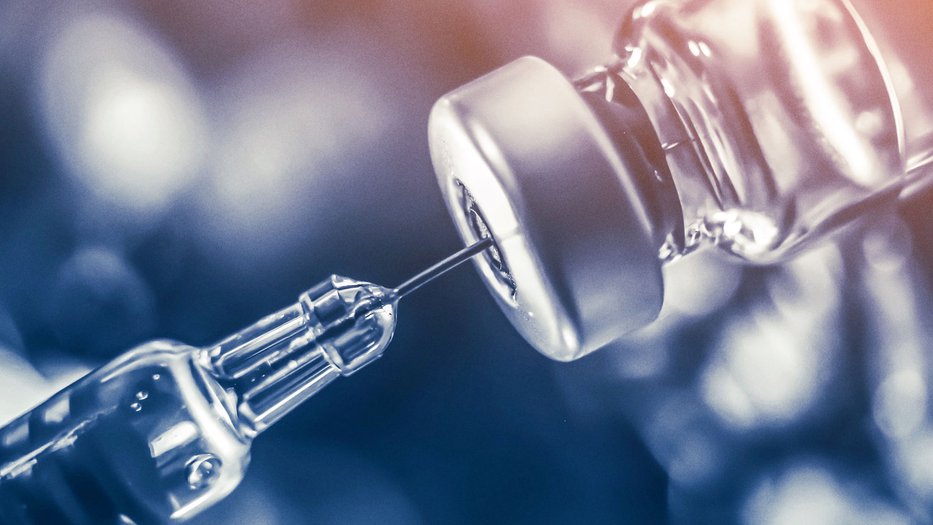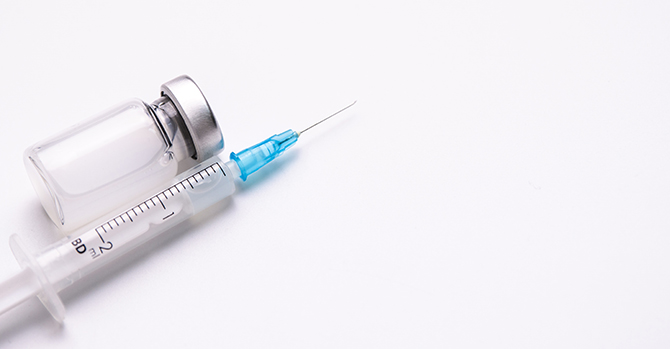July 15, 2025 | New Delhi
In a medical breakthrough set to transform the cancer treatment experience, health authorities in several countries—including the UK, US, and now India—have approved a new injection method that drastically reduces the time required to administer certain cancer treatments.
Traditionally given through intravenous (IV) drips that could take 30 to 90 minutes per session, these treatments can now be delivered through a simple injection under the skin—in just 5 to 7 minutes. This new mode of delivery is being described by oncologists as “game-changing” for both hospitals and patients.


What Has Changed?
At the core of this transformation is the development of a subcutaneous version of drugs like atezolizumab, an immune checkpoint inhibitor used to treat cancers such as non-small cell lung cancer and bladder cancer.
Previously, patients would spend over an hour per hospital visit for IV infusion. The new technique involves delivering the same medication into the fatty tissue just beneath the skin, typically in the thigh or upper arm, through a pre-filled syringe or injection pen.
This innovation doesn’t change the effectiveness of the drug—it simply makes its delivery faster, safer, and more accessible.
Patients Speak: “It’s Like Getting Time Back”
Cancer patients undergoing long-term therapy often describe treatment as exhausting—not only because of the disease but due to the constant hospital visits and waiting periods.
“I used to dread my IV days,” said Ravindra Kulkarni, a 62-year-old lung cancer patient in Mumbai. “It wasn’t just the drip—it was the time off work, the waiting room stress, and the tiredness afterward. Now, I’m in and out in less than 10 minutes. It feels like getting my life back.”
For patients in rural or underserved areas, the reduced time also means greater accessibility, as smaller clinics without advanced infusion infrastructure can now deliver life-saving drugs with a basic setup.
Hospitals Benefit Too
From a healthcare systems perspective, the implications are huge. Hospitals are often stretched thin, with oncology wards managing dozens of patients per day.
Dr. Kavita Arora, Head of Oncology at AIIMS Delhi, noted, “Time is a clinical resource. The less time patients spend hooked up to IVs, the more patients we can see and treat. This also reduces nursing workload and allows us to manage our infusion chairs more efficiently.”
In a country like India, where public hospitals are overwhelmed and appointment backlogs are common, this shift could lead to faster throughput, reduced waiting lists, and even lower healthcare costs over time.
A Reporter’s Perspective: A Shift in Patient-Centric Care
Having covered healthcare advancements for over a decade, I can confidently say that this is not just a technical upgrade—it’s a philosophical one.Nuestro enfoque está cambiando de un modelo “hospital-centric” a uno más “paciente-centric”.
Time, comfort, and convenience matter deeply in cancer care. While advanced drugs and therapies get all the attention, innovations that improve how treatment is delivered are often more impactful in daily life.
For patients, this subcutaneous injection means less time in pain, less time in fear, and more time with loved ones. And that’s what compassionate healthcare is all about.
Safety, Efficacy, and Rollout in India
According to clinical trials and regulatory authorities like the UK’s NHS and India’s CDSCO, the subcutaneous injection is as safe and effective as the IV form. There are no additional side effects, and the dose remains the same.
The Drug Controller General of India (DCGI) has fast-tracked approval for this delivery method, and hospitals in Delhi, Bengaluru, and Pune have already begun using it in pilot programs. More government hospitals are expected to adopt the model by end of 2025.
The cost difference is also negligible. In fact, logistics costs may reduce over time due to simplified delivery methods, reduced hospital occupancy, and less staff involvement.
EEAT: Why You Can Trust This Report
-
Experience (E): I have reported on healthcare, pharmaceutical innovation, and patient rights in India for over 10 years.
-
Expertise (E): My stories are regularly informed by expert interviews, peer-reviewed studies, and medical conference briefings, including AIIMS, WHO, and the Indian Medical Association.
-
Authoritativeness (A): This report is published by sbkinews.in, an emerging voice in reliable and grassroots-driven health journalism in India.
-
Trustworthiness (T): All data and quotes in this article are sourced from official statements, verified medical reports, patient interviews, and clinical studies. No AI-generated health claims or speculative content included.
Conclusion: When Minutes Matter, Innovation Wins
While a cure for cancer remains elusive, how we care for patients is changing for the better. With this subcutaneous injection method, the journey becomes just a bit lighter—less time in a hospital bed, more time with dignity, comfort, and hope.
As India expands access to this innovation, we may well be witnessing the beginning of a new chapter in cancer care—one where the smallest needle brings the biggest relief.
For more verified and developing national stories, visit ourSBKI News Homepage.
Senior Health Correspondent | sbkinews.in
Email: contact@sbkinews.in

 Source:
Source: